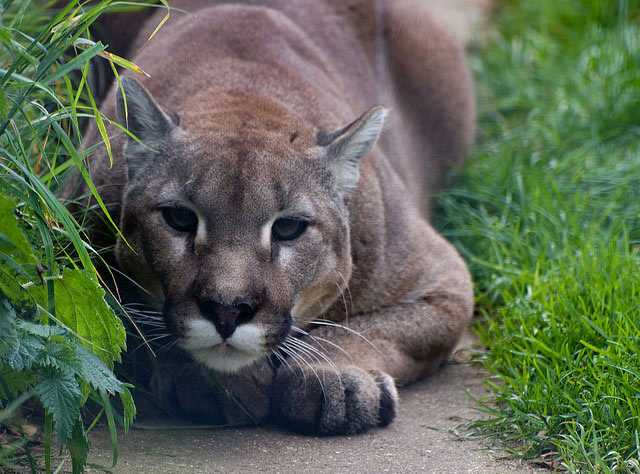Mountain Lions Sightings Up Around The Midwest
By Jim Bochnowski in News on Jul 20, 2015 6:00PM
Mountain lions are making a comeback in the greater Midwest, so keep your eyes peeled for fuzzy visitors over the next few years.
We've been noticing the uptick in mountain lion sightings in the Chicagoland area since 2011, when we talked to Bill Zeigler, the sr. vice president of collections and animal care at Chicago Zoological Society. He accurately predicted the breed's comeback.
"There is a growing population of puma in West Central Wisconsin. As that population continues to grow, young males will get kicked to the outer fringes by older males," he said.
Proving Zeigler's point, one was spotted in the North Shore in 2012 and Glencoe in 2013.
So while mountain lions, which used to roam much of mainland America, have not been reproducing in the Midwest quite yet, a Chicago Tribune report says sightings all across the region are up, and are likely to increase. Officials with the Missouri Department of Conservation say they've had at least 50 confirmed sightings since 1994, and Kansas reports ten during the same period. Samples of DNA taken from animals who have wandered into the area show that they have come from populations housed in the Black Hills, the Badlands and northern Nebraska. One was even found as far away as Connecticut, some 1,800 miles away from its home.
With the population is making a resurgence, Clay Nielsen, the director of scientific research for the Cougar Network, wants to reassure everyone that "Cougar attacks are very, very rare."
But he cautions, "livestock is hugely important in the Midwest. And the minute there's reproduction happening, those positive attitudes may change."
Last year, Gov. Quinn signed a bill into law that allowed mountain lions, gray wolves and the American black bear to come under the protection of the Illinois Department of Natural Resources. So unless the animal constitute an imminent threat to a homeowner, you have to contact the IDNR to remove it from your property. Assuming, of course, they ever get funding to do their jobs.
